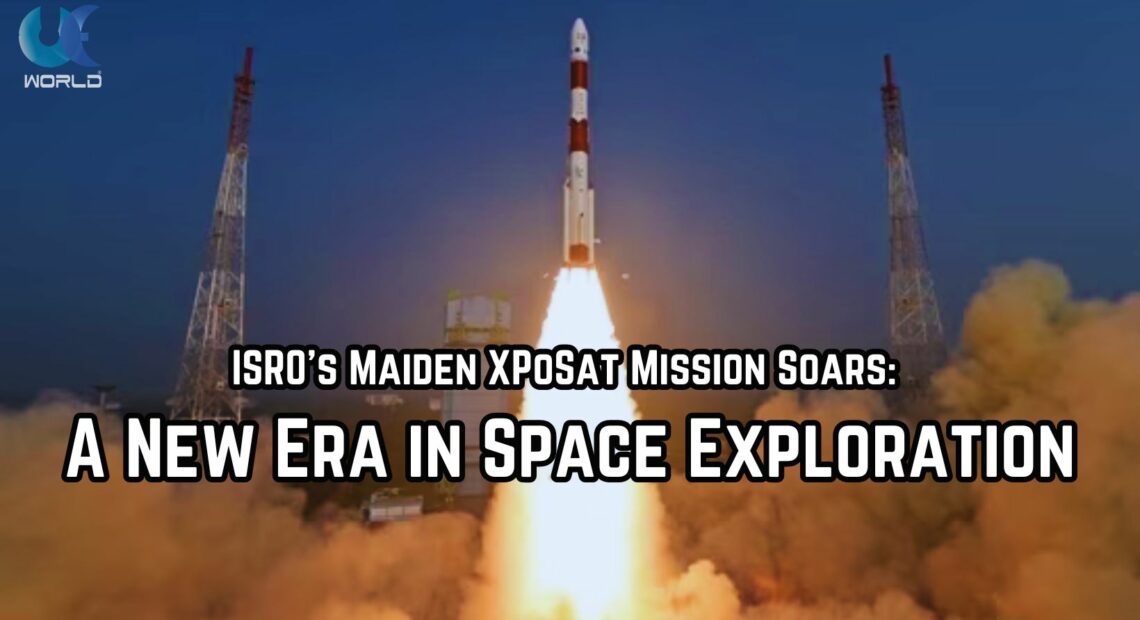ISRO’s Successful Launch Marks Exciting Start to 2024

The Indian Space Research Organisation (ISRO) has kicked off the new year with a resounding success, as the PSLV-C58 XPoSat mission soared into the skies from Sriharikota. S Somanath, the chief of ISRO, lauded the accomplishment, expressing enthusiasm for the promising ventures ahead. He commended the team for placing the primary satellite, XPoSat, precisely in its intended orbit of 650 km with a 6-degree inclination.
The XPoSat mission stands out for its unique scientific prowess in X-ray Polarimetry, a capability developed internally by ISRO in crafting instruments for this specific purpose. Somanath emphasized the agency’s aim to cultivate a cohort of 100 scientists proficient in this field, contributing significantly to the understanding of enigmatic phenomena like black holes.
This pioneering venture saw collaboration between the Raman Research Institute, responsible for the primary payload, and the Astronomy Group of URSC (U R Rao Satellite Centre) crafting the second payload. Somanath highlighted the ISRO’s collaborative efforts with various scientific institutions, underlining the agency’s commitment to harnessing data across academia and beyond for scientific exploration.
Looking forward, ISRO has an ambitious agenda for the year, with a minimum of 12 missions on their roster. Somanath outlined the target, acknowledging the potential for exceeding this number based on production capacity, testing completion, and overall progress. The agency is gearing up for an eventful year, aiming to achieve groundbreaking milestones in space exploration.
The PSLV-C58 XPoSat mission, marking the 60th launch for the PSLV, holds significant promise in unraveling celestial mysteries, particularly regarding black holes. Intending to measure X-ray polarization in the 8-30 keV energy band from around 50 cosmic sources, the mission seeks to conduct extensive studies of cosmic X-ray sources, spanning spectral and temporal dimensions. With an estimated mission life of five years, this venture heralds a new era of discovery and understanding in astrophysics.
Pic Courtesy: google/ images are subject to copyright













